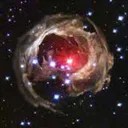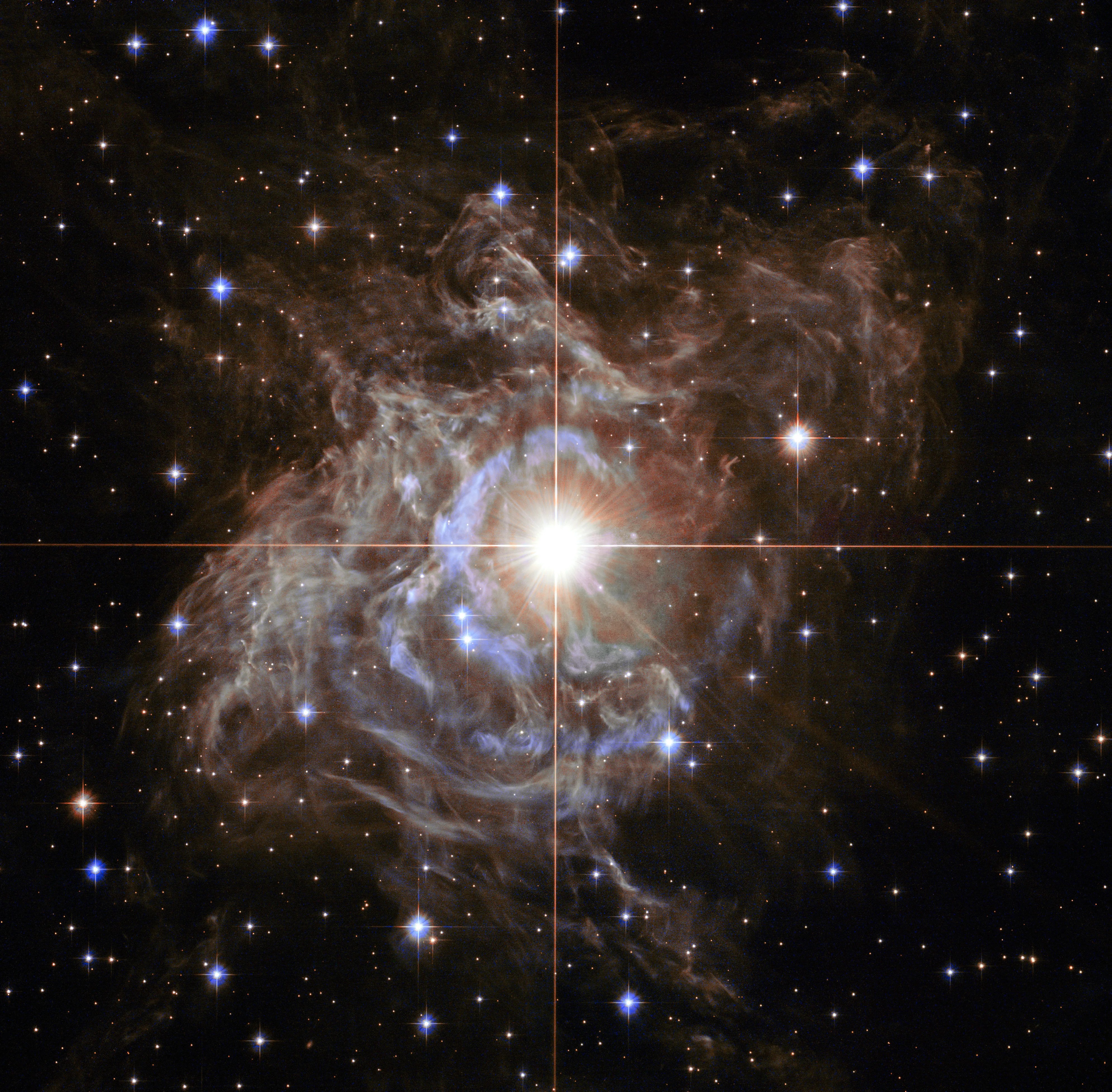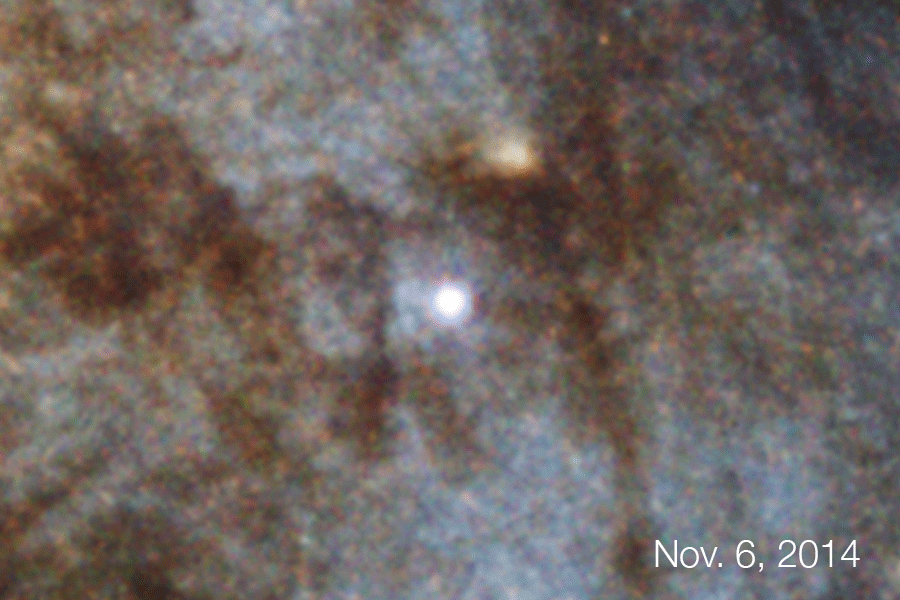Hubble captured the best sequence of images of the reverberation of light through space caused by the outburst of a star. In January 2002, an unexplained flash of light from a red supergiant star left what looked like an expanding bubble of debris. In fact, the light was simply illuminating clouds that were already in place around the star. Since light travels at a finite speed, the flash took years to reach the most distant clouds and expose them. This phenomenon, called a “light echo,” is reminiscent of sound waves echoing down a canyon and “revealing” its walls.
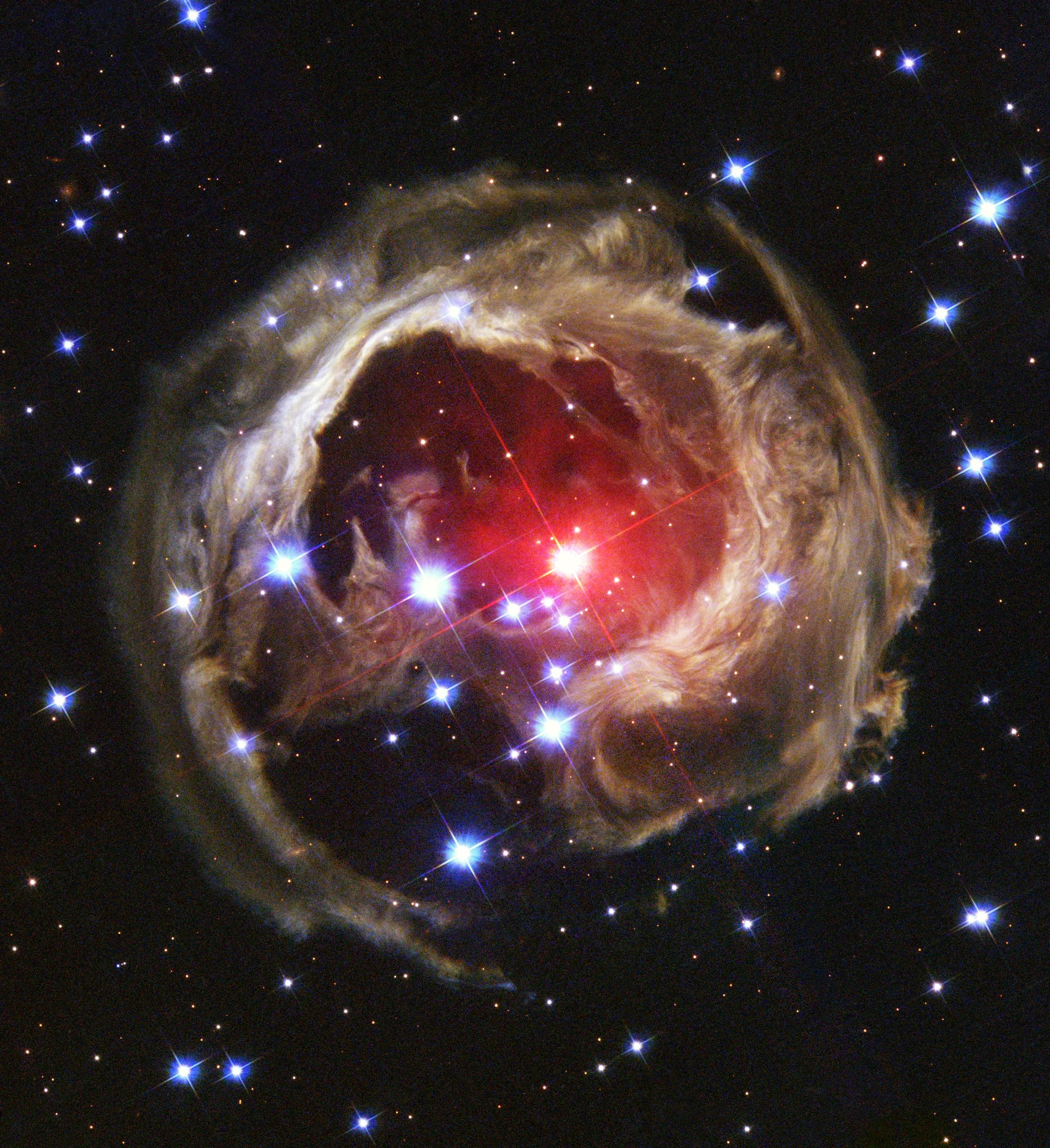
The red star at the center is an unusual, erupting supergiant called V838 Monocerotis, located about 20,000 light-years away. During its outburst, the star's intrinsic brightness flared to roughly 600,000 times that of our Sun. The star may have swallowed a companion star or planet, triggering the burst. The dark gaps around the red star are voids in the dust – like empty pockets within Swiss cheese. Light echoes common around supernovas, but V838 Mon did not detonate itself; the flash seems to be a unique and little-understood transient phenomenon.
RS Puppis
Hubble captured another light echo around the Cepheid variable star called RS Puppis in 2013. Each time the star pulsates, it sends another wave of light into the cloud of gas and dust that surrounds it. These rippling light flashes are similar to the ripples produced in a pond when a series of stones is thrown into the water. To our eye, they create a ripple pattern that appears to be expanding outward from the star. Hubble's Advanced Camera for Surveys took these images in visible light over seven days in March and April of 2010. Each individual image had an exposure time of 23 minutes.
Learn More
Explore Other Hubble Science Highlights
Learn about some of Hubble's most exciting scientific discoveries.
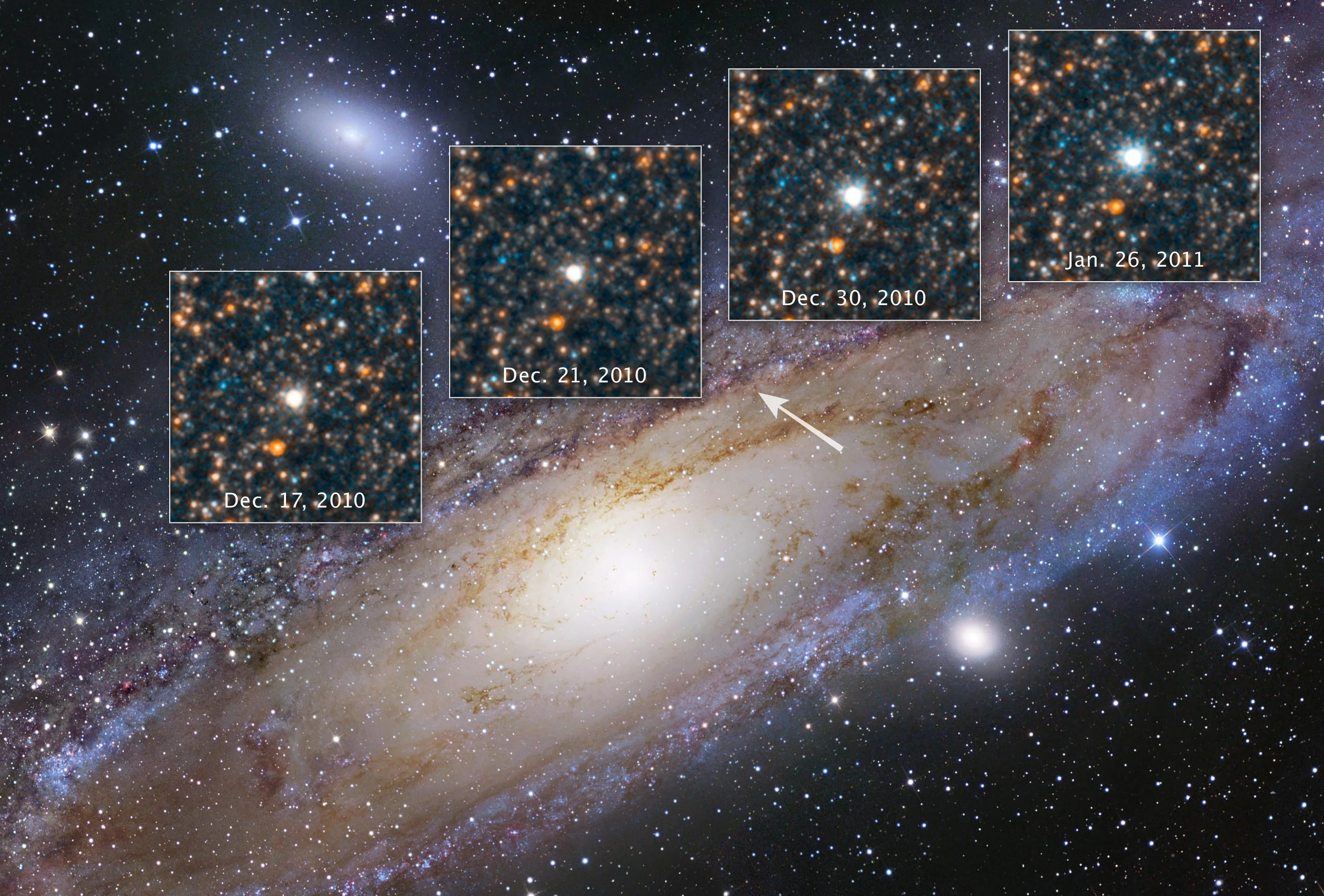
Discovering the Runaway Universe
Our cosmos is growing, and that expansion rate is accelerating.
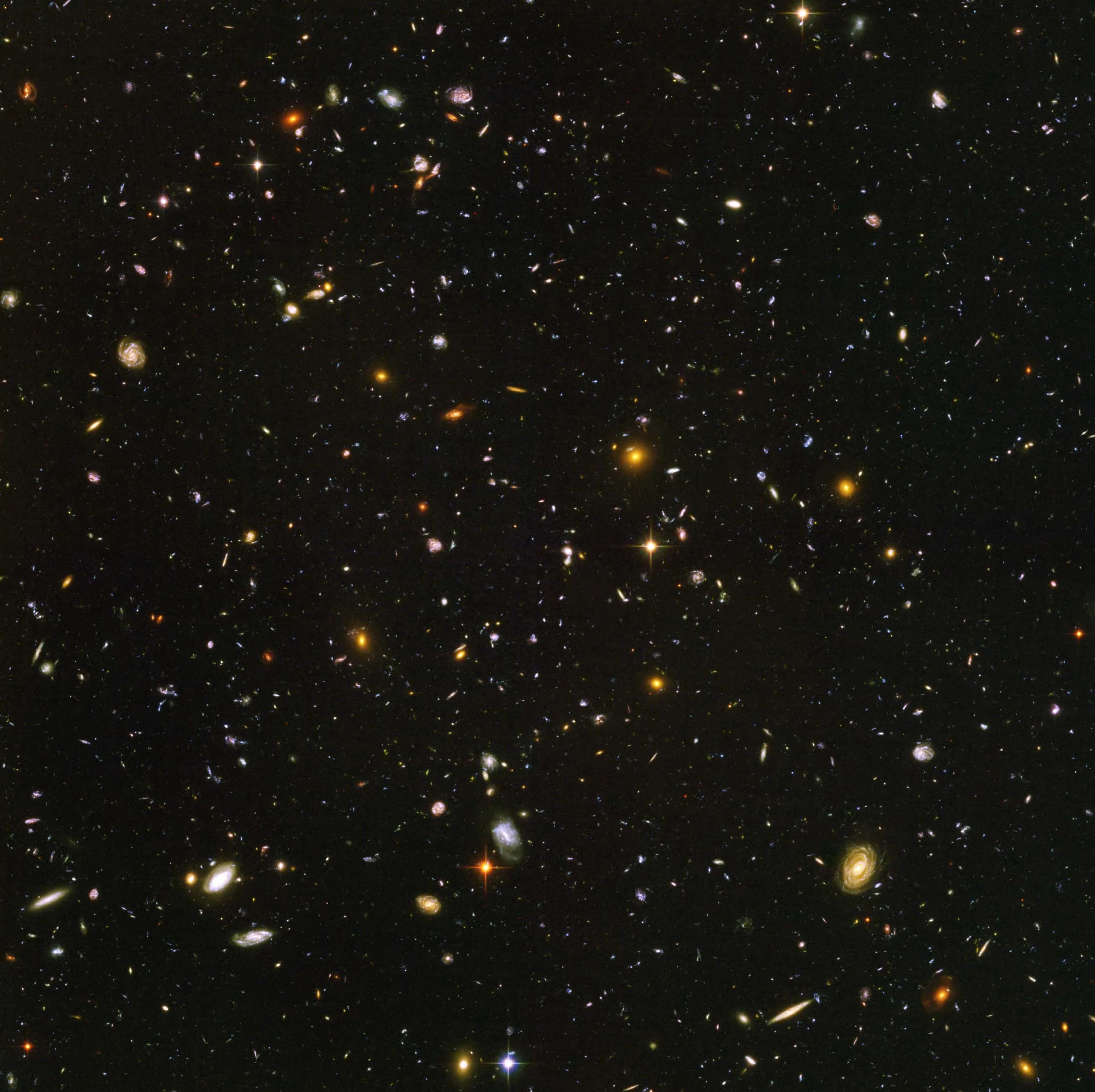
Tracing the Growth of Galaxies
Hubble is instrumental in uncovering the various stages of galactic evolution.
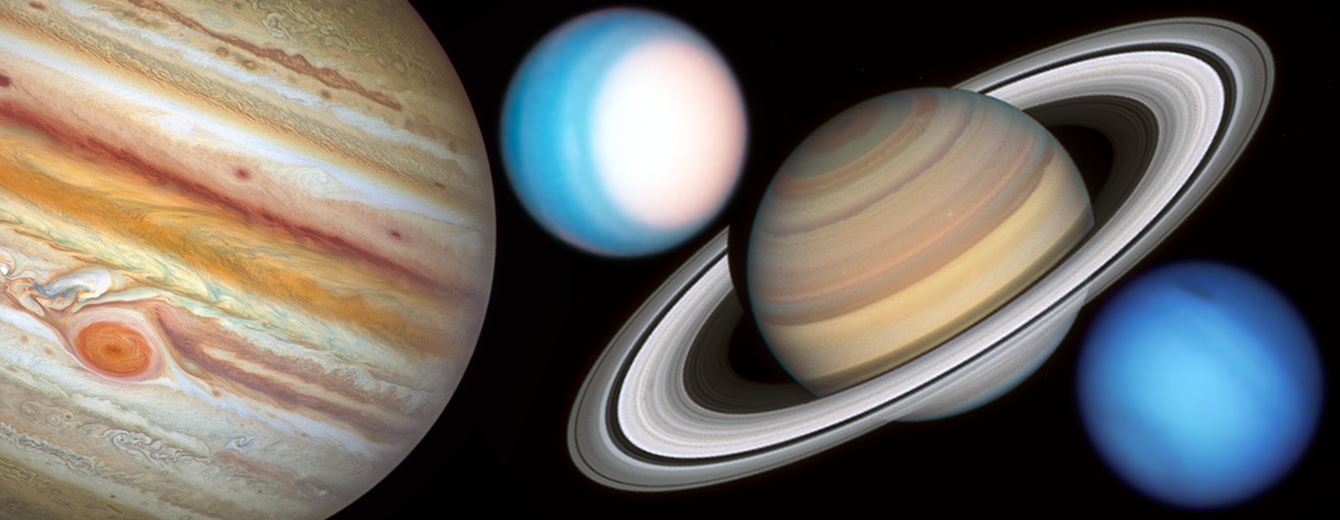
Studying the Outer Planets and Moons
Hubble’s systematic observations chart the ever-changing environments of our solar system's giant planets and their moons.
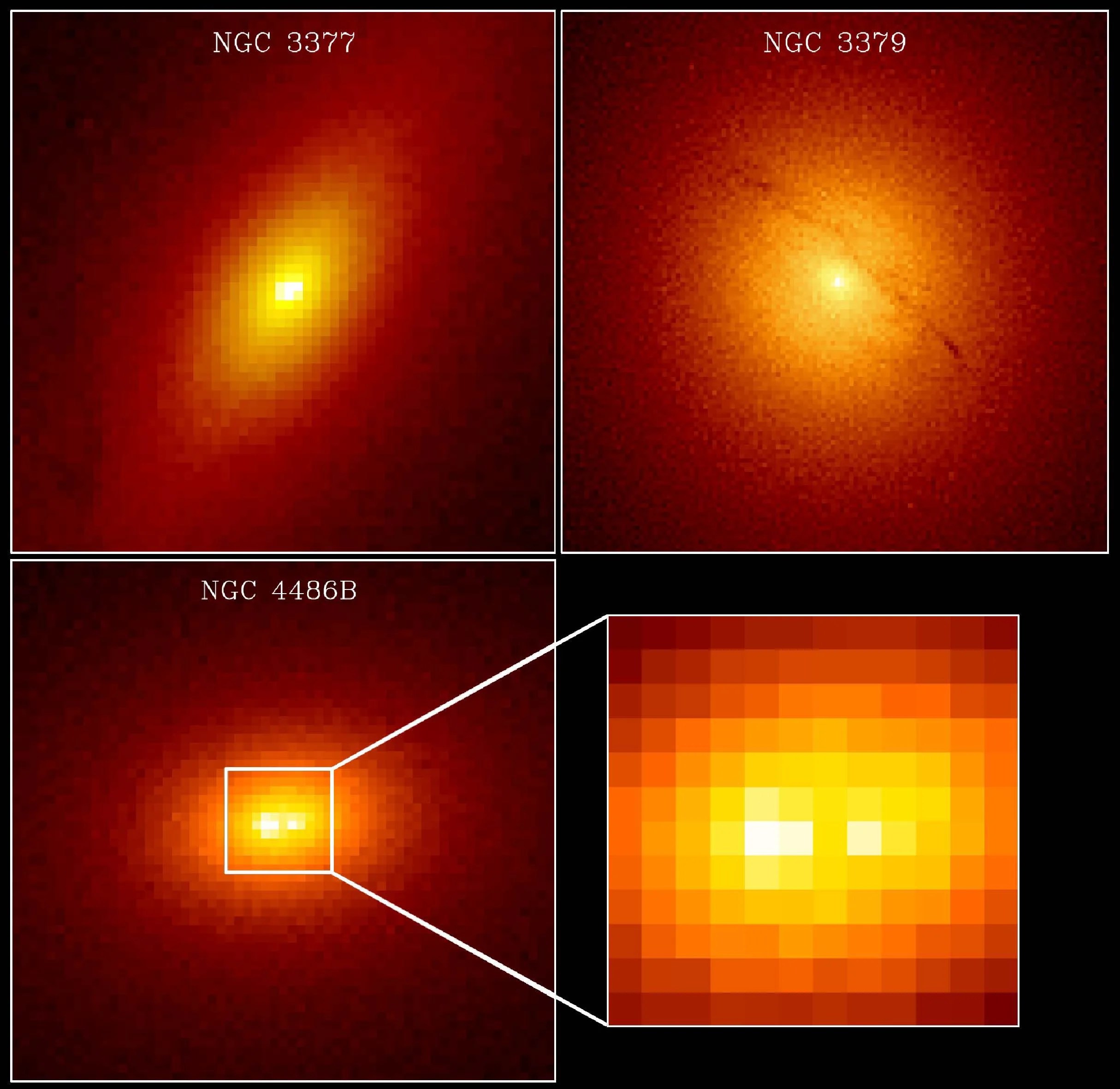
Monster Black Holes are Everywhere
Supermassive black holes lie at the heart of nearly every galaxy.
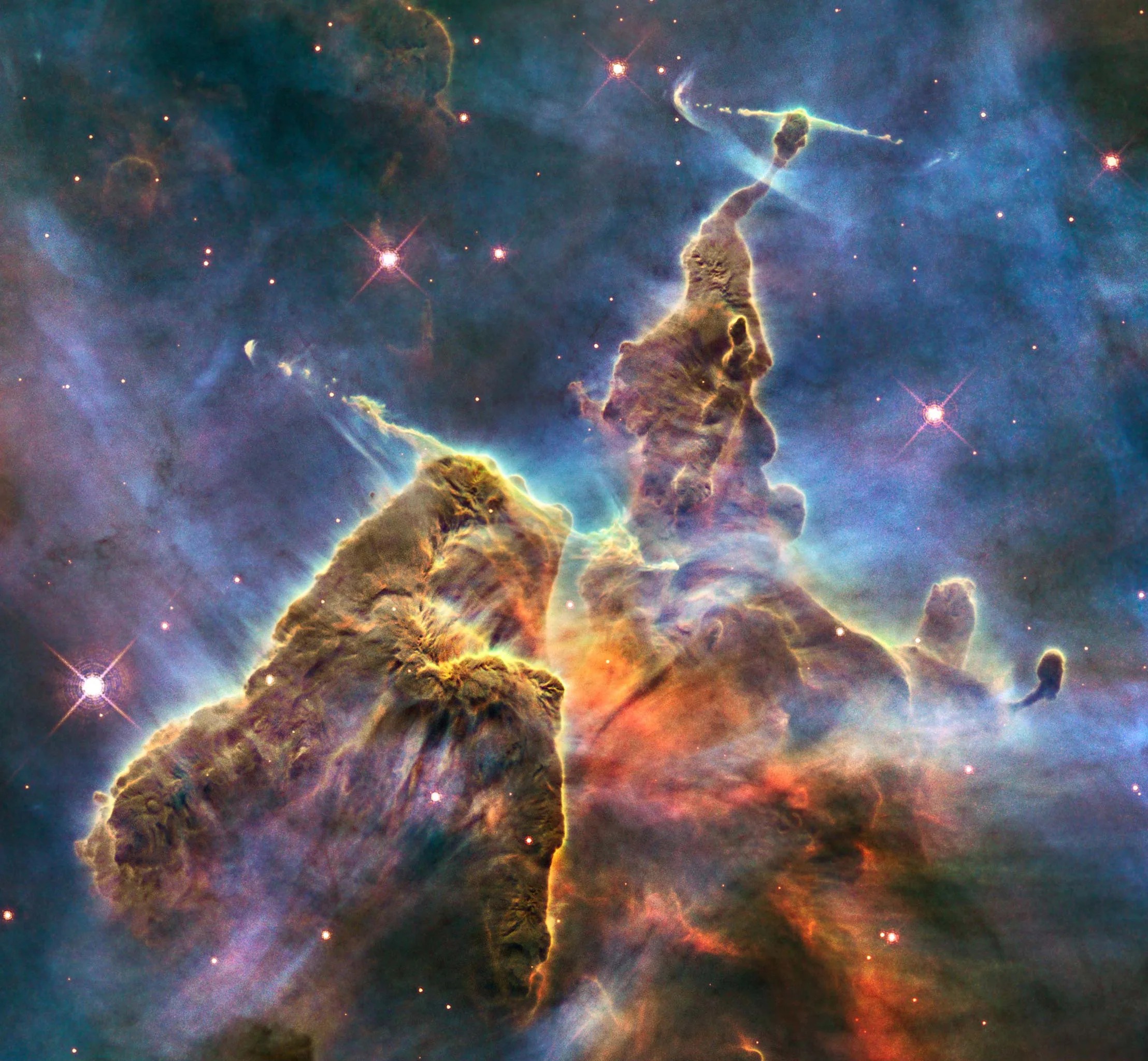
Exploring the Birth of Stars
Hubble’s near-infrared instruments see through the gas and dust clouds surrounding newborn stars.
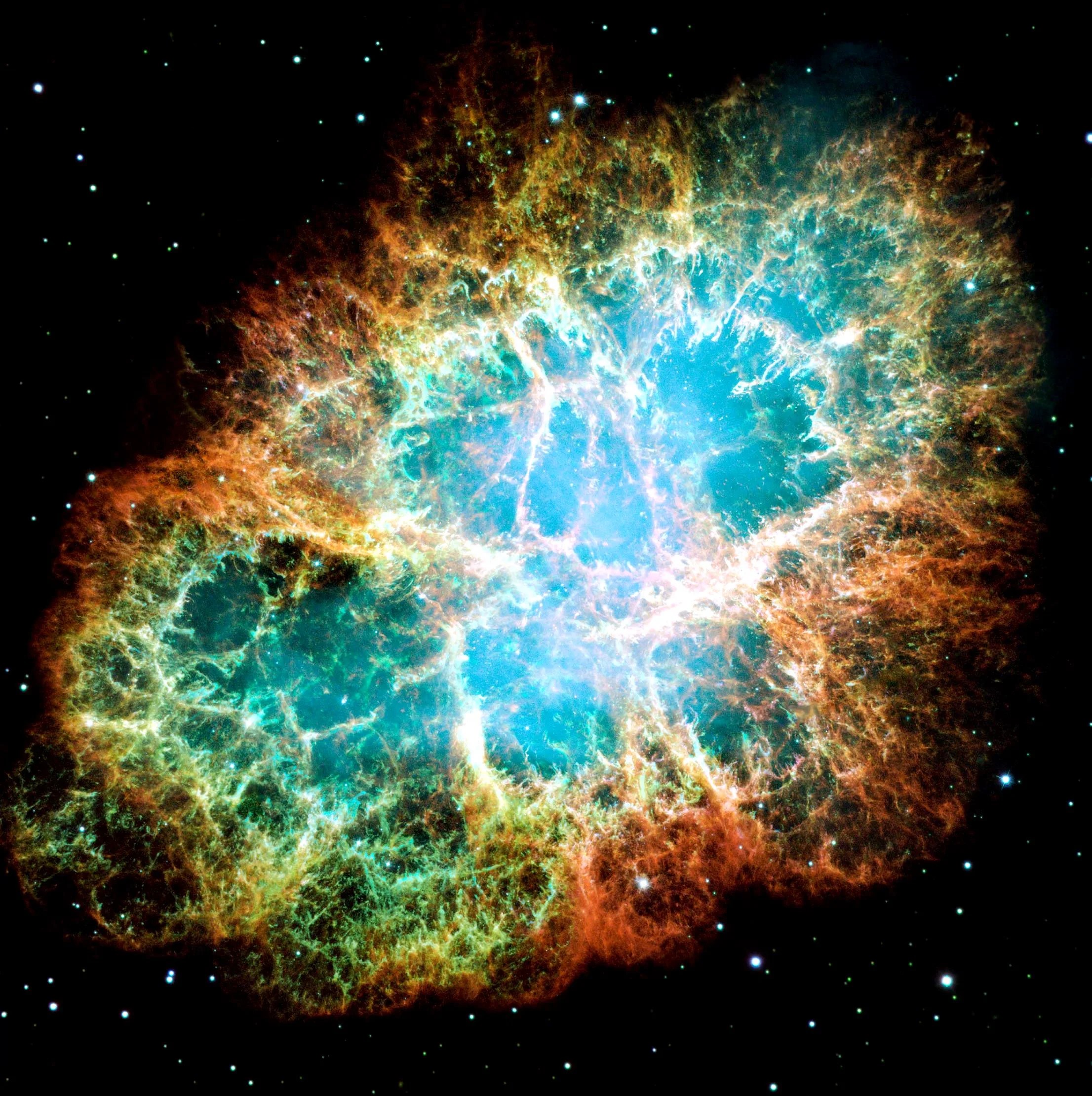
The Death Throws of Stars
From colliding neutron stars to exploding supernovae, Hubble reveals details of some of the mysteries surrounding the deaths of stars.
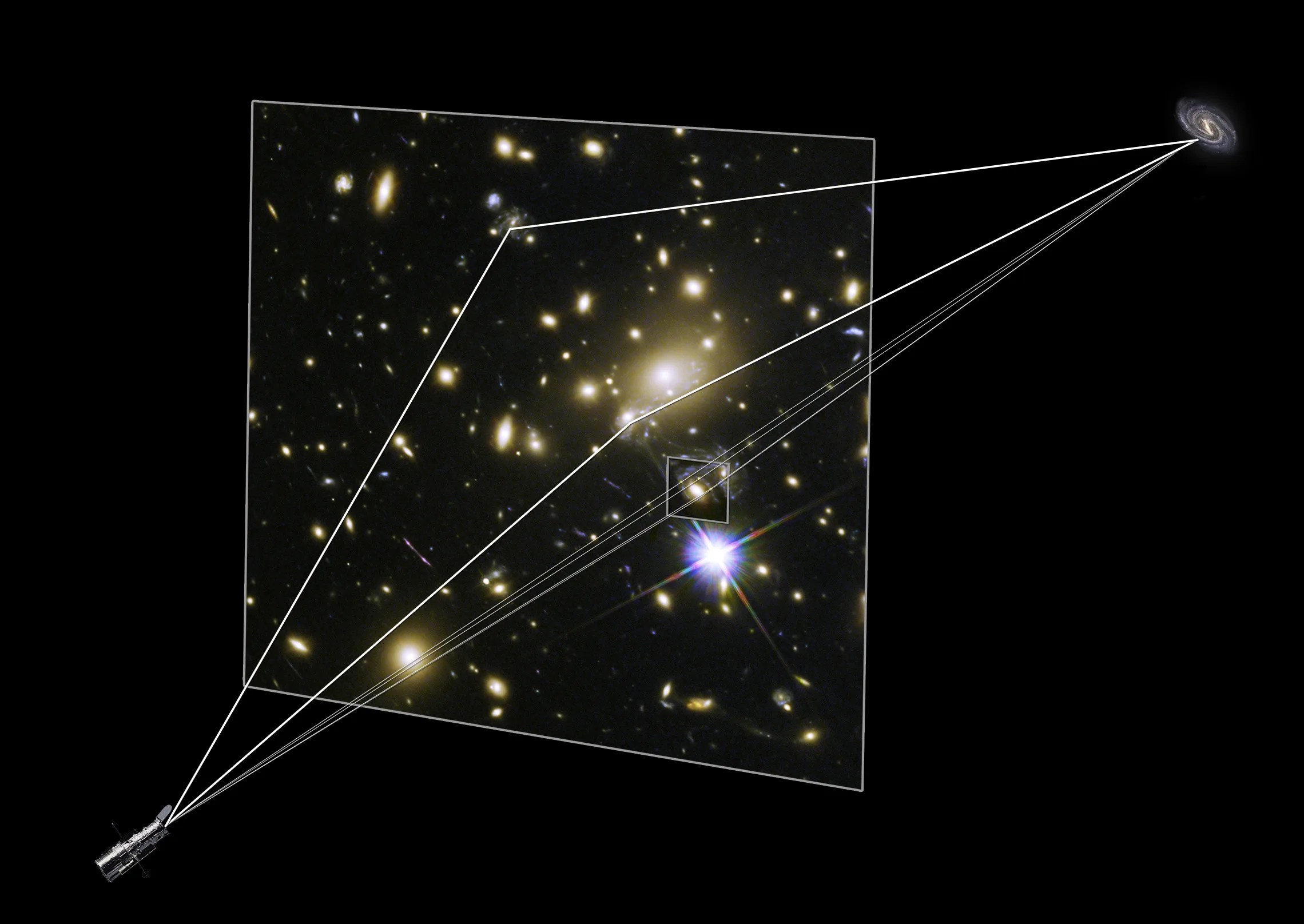
Shining a Light on Dark Matter
Hubble’s observations help astronomers uncover the underlying structure of the universe.
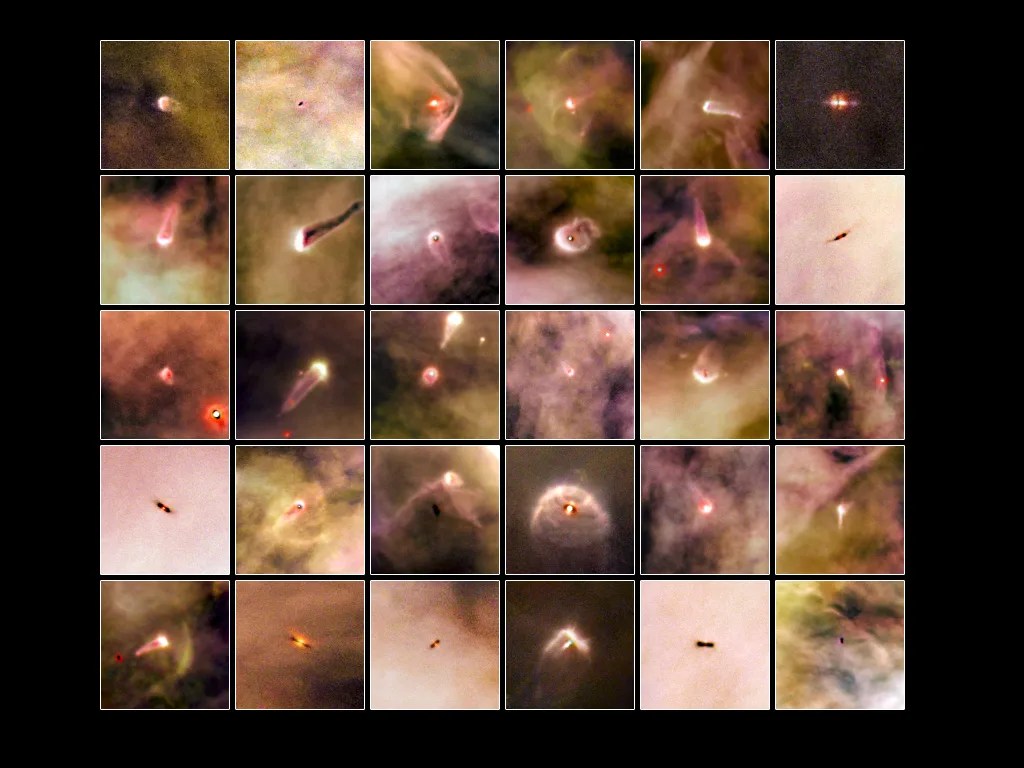
Finding Planetary Construction Zones
Hubble’s sensitivity can reveal great disks of gas and dust around stars.
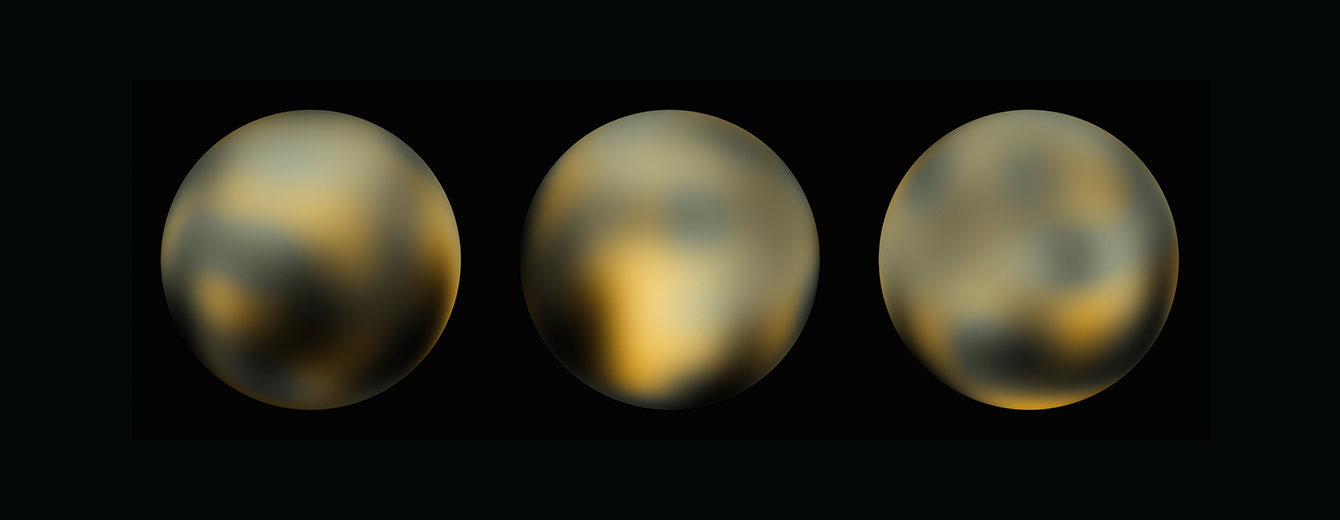
Uncovering Icy Objects in the Kuiper Belt
Hubble’s discoveries helped NASA plan the New Horizon spacecraft’s flyby of Pluto and beyond.
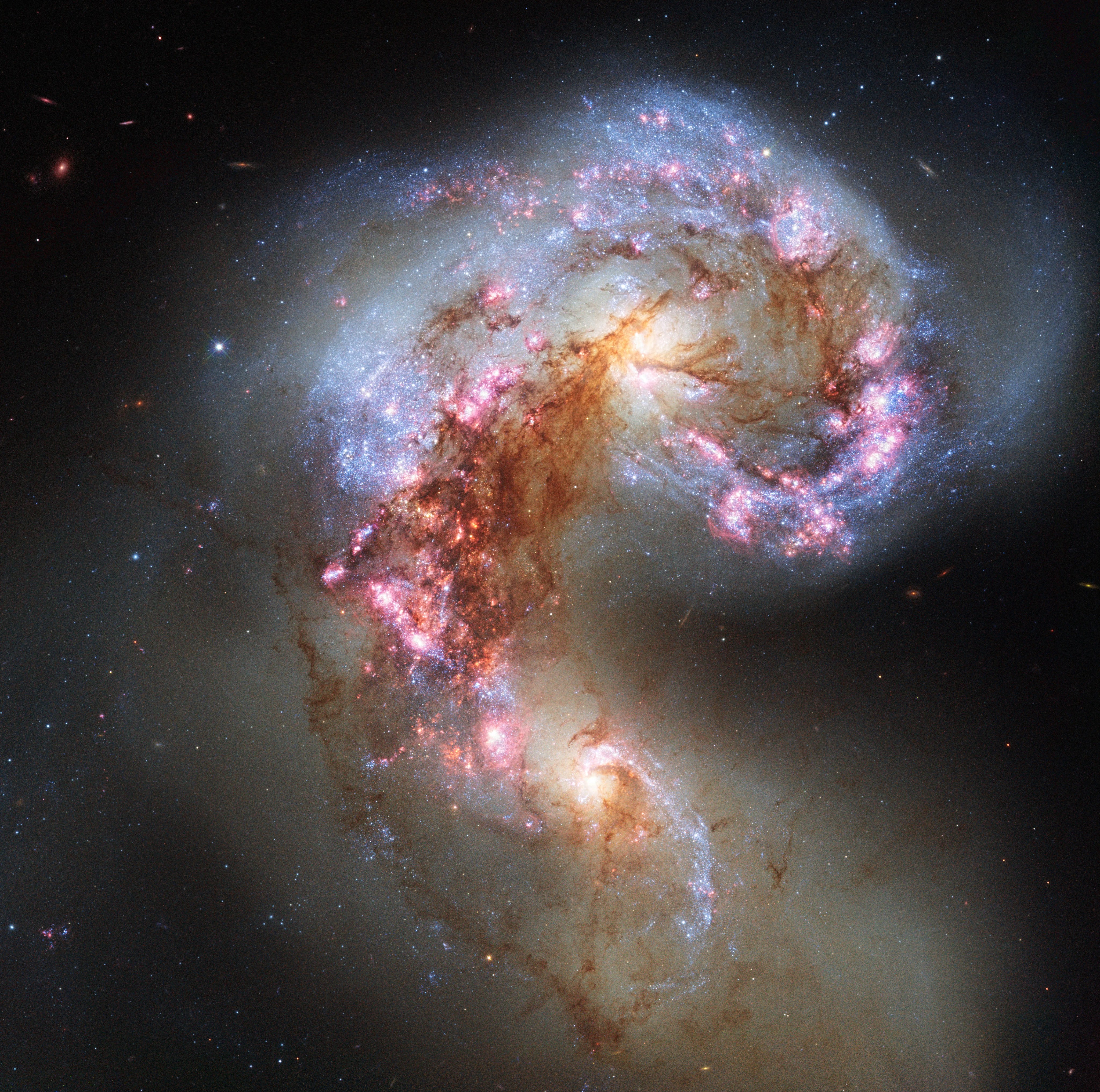
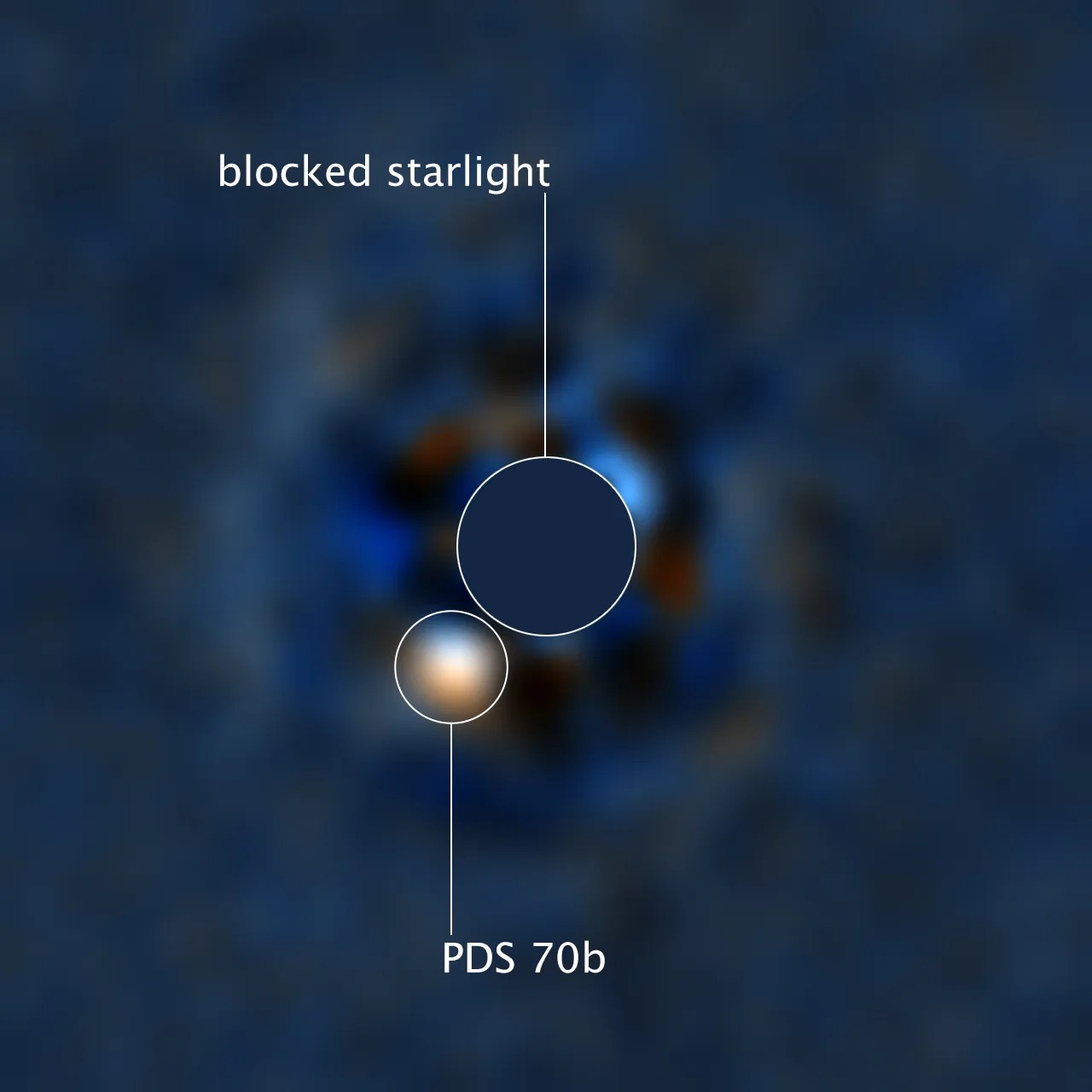
Recognizing Worlds Beyond Our Sun
Hubble’s unique capabilities allow it to explore planetary systems around other stars.
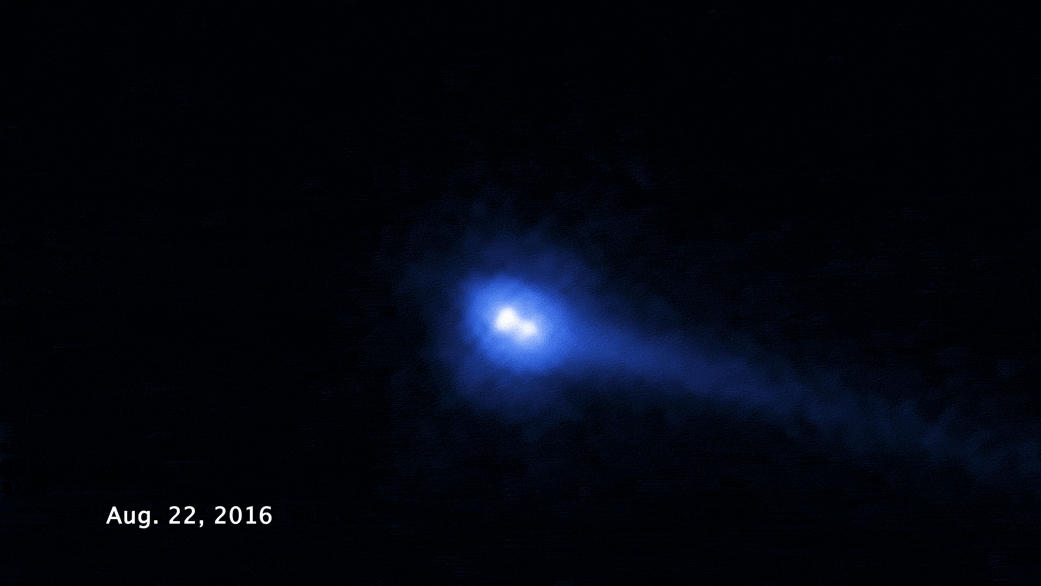
Tracking Evolution in the Asteroid Belt
These conglomerates of rock and ice may hold clues to the early solar system.

